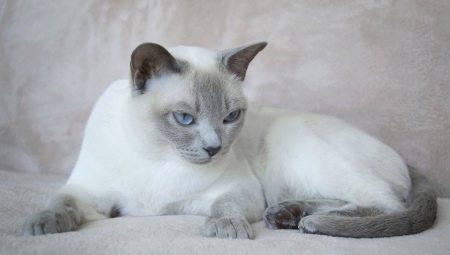Tonkin cats or tonkinesis are wonderful animals in harmonious proportions. They are increasingly bought by Russian cat lovers.
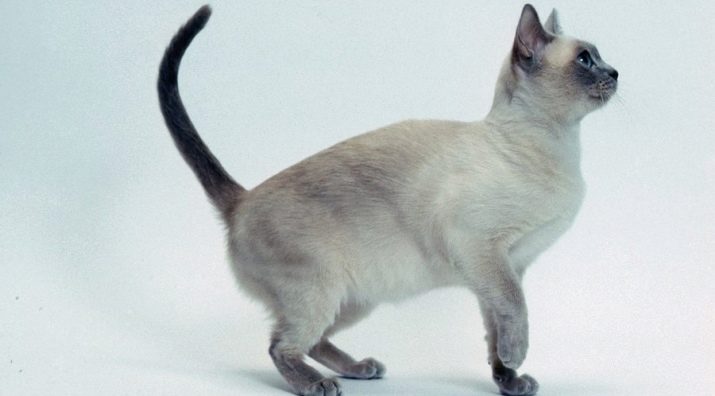
Origin history
Tonkinesis could be heard about a cat from the old Siamese Book of Poems about a Cat. This book contained a description of a Tonkin cat. The animals received their name “tonkinesis” from the Tonkin region., which was located in the north of present-day Vietnam. The history of the Tonkin breed itself began in the 30s of the XX century, while the history of the Burmese breed started at the same time as the tonkinesis. These breeds have a common ancestor - this is the cat Wong Mau.
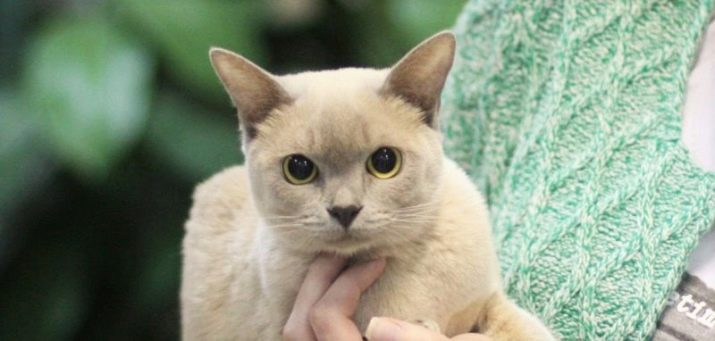
To improve the breed, the breeders crossed Burmese pets with tribal Siamese. The kittens born were graceful, had a beautiful color and bluish-turquoise shades of eyes. Outward signs of Tonkin pets showed up when the kitten received various genes from its parents. In order for the Tonkin color to appear, one gene must be from a Siamese pet, whose body has sharp contrast, and the second belongs to the Burmese breed. But not all kittens were able to be born tonkinesis, and not all received pedigree signs.
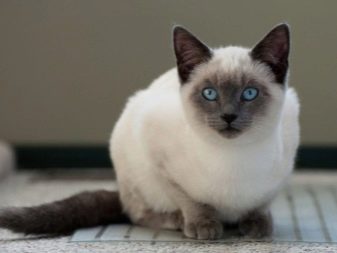
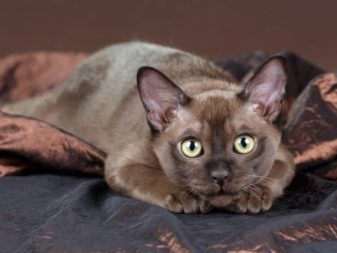
Some kittens were born with Siamese characters, and some with Burmese.
Jane Barletta from America and breeder Margaret Conroy from Canada worked on the breed in the 60s of the XX century. In Canada, in the 70s, the Tonkin type was able to gain recognition. The United States of America Felinological Association was TISA, and it was able to admit representatives of Tonkin pets to participate in the 1979 championship.Another felinological association was CFA, it was able to recognize Tonkin animals in 1984. Currently, the entire planet recognized Tonkin cats.
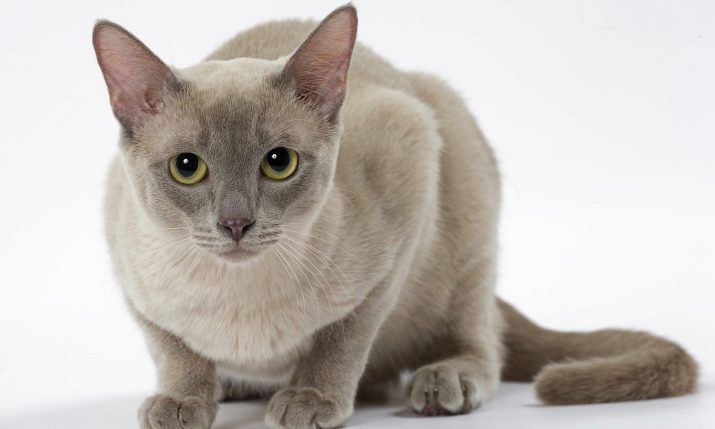
Description
Tonkin cats are compact, they are strong, proportionately folded. They are not large, but the body weight is quite large. Animals have a muscular physique, they are active and emotional.
The body is not squat, does not have excess harmony, there is a good, well-developed musculature. The front legs are graceful, proportional to the body, and the hind legs are slightly long, small and oval. The tail is of medium length, pointed at the end.
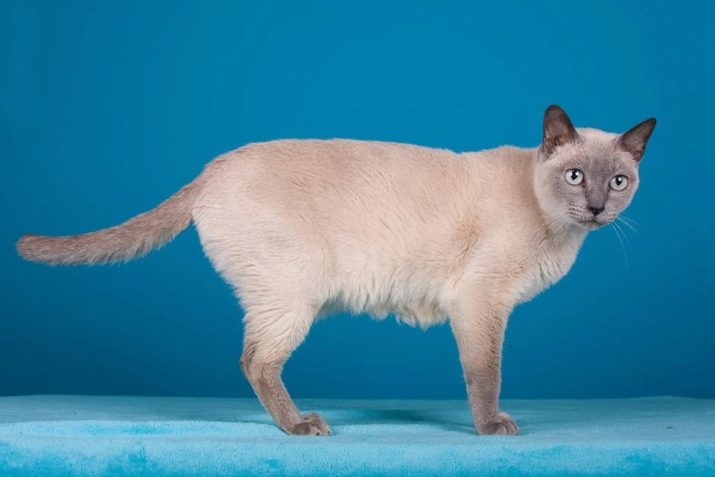
The head is wedge-shaped, but rounded, the cheekbones are long, non-sharp, with clear contours. The chin and nose are on the same line, the forehead is convex. The ears are medium in size, at the ends they are rounded and tall, and stand wide apart. The eyes are wide open, proportional to other parts of the muzzle. Eye tone is deep and clear. The eyes themselves have colors ranging from aquamarine to dark blue. The fur is tight to the body, it is short, graceful and shiny. Pleasant to the touch, silky.
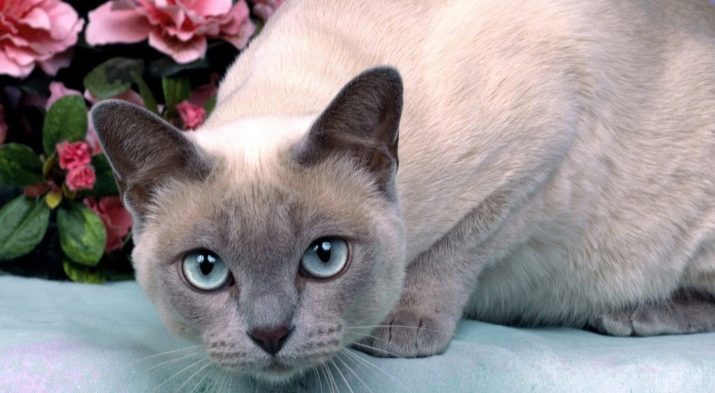
Character Features
Tonkin kittens are flexible and friendly, but they are too playful. They do not get irritated, do not get nervous, do not show revenge. Although animals are sociable, they will not be too intrusive. They have a soft disposition, do not bother.
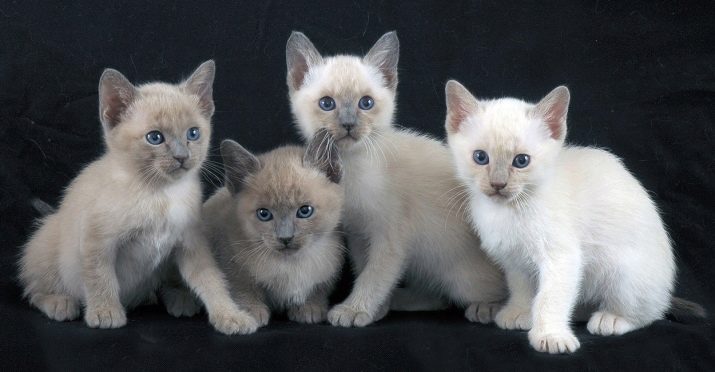
Such pets have a huge level of intelligence, they have increased intuition and adaptability. With telepathic properties, they can predict the behavior and actions of their master. It is interesting for these animals to study the whole family of their owner, they do not want to conflict, are friendly, and they treat people well. In addition, tonkinesis also applies well to other pets living in the house.
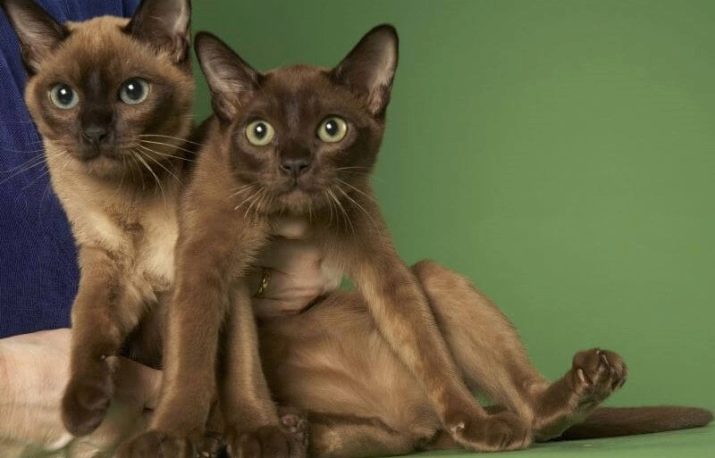
They are able to learn and improve.
Many esotericists have suggested that Tonkin cats have an energy fieldwith which you can protect the owners from the negative influence of the outside world. In the United States and Canada, Tonkin pets are used for pet therapy. Many experts recommend that people communicate with Tonkin cats, as these pets have a very beneficial effect on humans.
Kittens and adult animals joyfully play with children, they are sociable animals, love the attention of their owners and are friendly to the caress of a person. Animals like, they show friendliness to them, sniff, flipp. By nature, Tonkin cats are very tender. They can become attached to a person. Animals show love to their master, such pets easily go hand in hand, and at night they will want to sleep with their master.
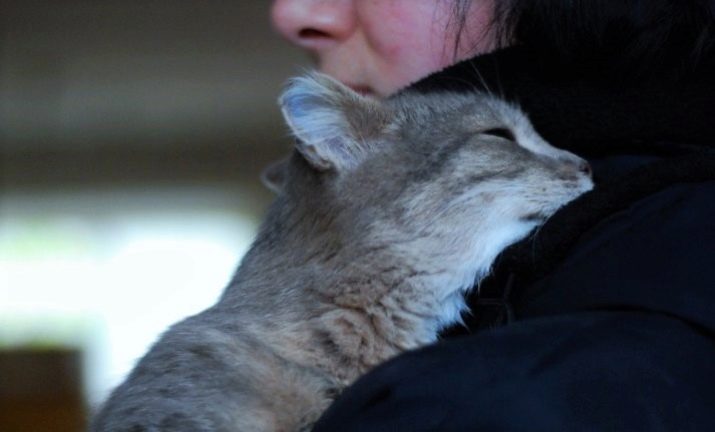
Tonkin cats cannot sit alone; someone should always be in the house. If no one is around, the pet will be sad and his mood will go bad. Therefore, you will have to provide your pet with toys so that he does not get bored. Tonkin cats listen to the words of the owner, according to the intonation and voice of a person, cats can understand whether the owner is upset or not. If animals feel tension in the house, they will try to defuse the situation.
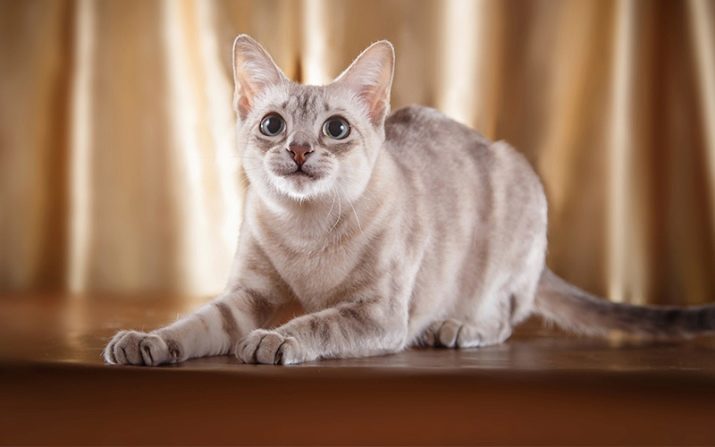
Neither kittens nor adult animals can be left alone on the street, because cats are friendly and can end up in an unpleasant situation. Many pets can associate a person with a car. Because of this, cats fall under the wheels of cars.
It is not required to walk the animal, and if you really want to, be sure to get a harness.
Color options
There are several coat colors of tonkinesis. Among these colors, you need to highlight natural, platinum, blue, champagne, all of them can be divided into color patterns:
- solid has a weak contrast, this color is similar to Burmese sepia, while the cat has green or yellow-green eyes;
- mink (mink) - here there is an average blurred contrast, eyes of a blue color or the color of a sea wave;
- point is a clear contrast and color, which is similar to the shade of Siamese pets, the eyes of animals are bluish.
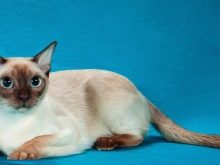
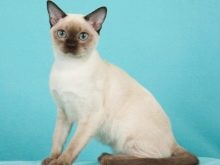
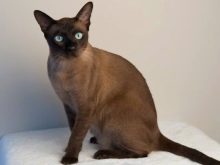
Now consider the features of the base colors.
- Natural is a fawn, cream, dark brown tone. The pads are pinkish. In this case, the solid color pattern implies the color of the coat is “brown sable”, and the mink means medium brown.
- With a platinum shade, the hair of a cat is gray-blue. The cat’s nose has a lavender-pink or lavender-gray hue, and the paw pads have a pinkish tint. Platinum mink - wool is pale gray and cream, point - pearl white.
- Blue color is a wool of bluish-gray colors. The nose is gray-blue, the paw pads are bluish-gray, but there are also pink.
- When champagne is colored, the coat has ivory shades and pale brown marks. The nose is brown, the paw pads are brownish pink or dark brown. Champagne Mink - it is light cream or beige tones. Solid is golden brown and light brown.
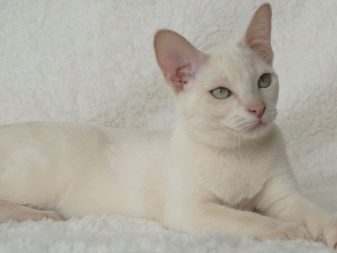
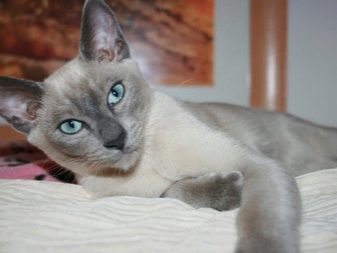
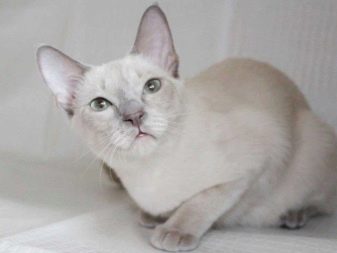
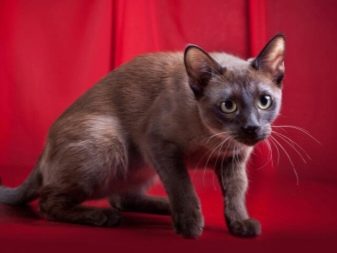
Colors such as faun and cinnamon are rare.
Conditions of detention
Tonkin pets do not need special care, here you just need to follow certain rules that will help create normal conditions for the animal. First of all, you need to buy a tray that fits the animal in size and weight. For example, for kittens you need to purchase a tray that has low sides. Adult tonkinesis will need to choose a larger tray. In the house you need to set a claw point, but if you plan to trim the claws, purchase special tweezers in advance.
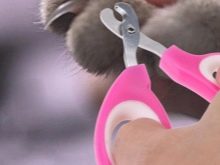
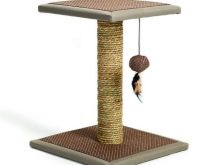
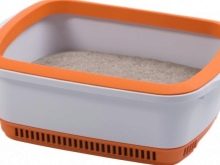
Cats love all kinds of beds. They must be placed in a warm place where there are no drafts. Tonkin cats are playful, so they will need a lot of toys. And if you buy a multi-level couch with claws, then the animal will be very happy with such a device.
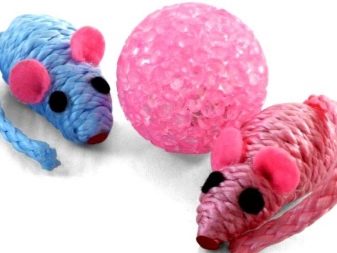
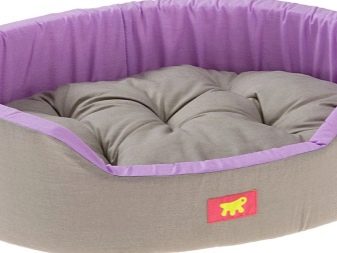
It will be interesting for the cat to spend time in the game complex, she will become active.
There are a few other care recommendations that you must follow.
- Once every 7 days it is necessary to comb the cat with a special glove-brush.
- Bathing an animal is necessary only if the pet gets dirty.
- If tonkinesis is kept at home, then you need to stretch the net on open windows, otherwise the pet may come out.
- Cats of the Tonkin breed are very curious, so you do not need to lay wires, sharp and spiky things next to them.
- It is necessary to clean the tray and all utensils intended for food and liquids, as cats are very clean.
- Cats can be walked on the grass, but before that you need to make sure that there are no carriageways and dogs nearby.
- Cats rarely fade. If the fur begins to fall out, then this is a sign that the pet is sick.
- It is necessary to examine the eyes and ears of the animal, and if dark clusters appear in them, they must be carefully cleaned. You need to clean the dirt with a cotton swab, which is pre-soaked in a hot liquid.
- The oral cavity should be checked by a veterinarian. If you independently carry out tooth cleaning, then you can accidentally harm your pet.
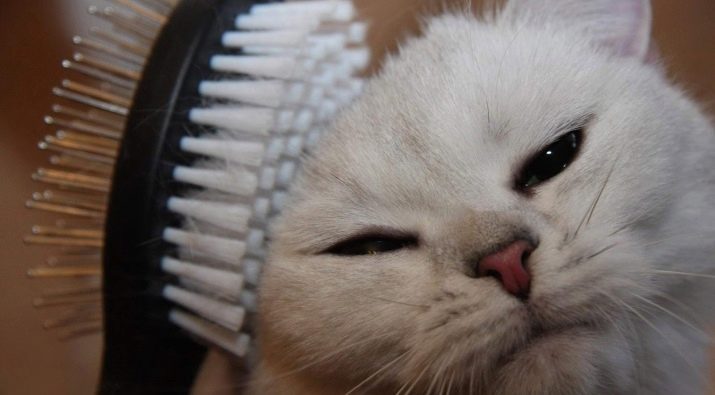
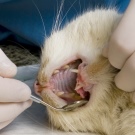
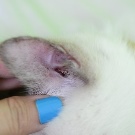

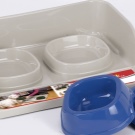
Feeding
Tonkinesis does not require special feeding, so you can repeat the already known truths.
Pets can be given natural foods such as meat, dairy products, eggs. The animal can be fed lean beef. It is also recommended to add lamb, rabbit, chicken and turkey meat to the diet. The eggs contain all the necessary trace elements, but this product should be given to the pet only once every 7 days. Eggs can be added to porridge or offered finely chopped.



In many adult cats, digestion cannot absorb milk. They are recommended to give dairy products that contain little fat: kefir, fermented baked milk, yogurt, cottage cheese, cheese.Such products can be given to adult Tonkin cats 2 times a week.
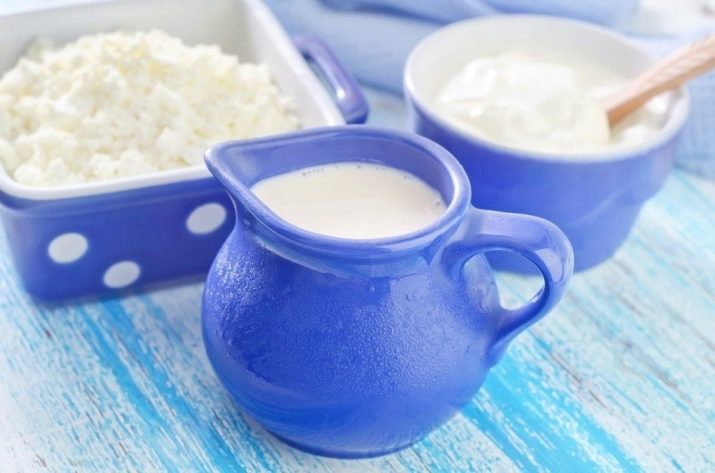
If you do not have time to compile a diet for your pet, the best option would be to use ready-made feeds. Consider the most popular and high-quality solutions.
- Royal Canin. It happens in dry and wet form. In dry form, the protein is 43%, the composition includes dyes and flavorings. Food can be given to kittens, adults and elderly pets, sick animals. Wet foods include preservatives, linoleic acid, protein.
- Hill`s. The composition of dry food contains antioxidants, salt, yeast, protein (10%), in wet food protein is 32.7%. Suitable for cats with a sensitive digestive system.
- Brit. The feed includes brewer's yeast and protein. Such food is suitable for thoroughbred cats and pets that are prone to overweight, for sterilized animals.
- Pro Plan. In the feed of this brand there is yeast, antioxidants, preservatives, protein. It is dry, suitable for everyday nutrition.
- Sheba. The feed contains a lot of protein and healthy meat components. Can be given to pedigree cats every day.
- IAMS. Dry food is suitable for adults and small pets, pregnant and lactating females. Wet need to give kittens and elderly cats.
- Gourmet. The composition of wet food includes dyes and protein - 14.3%. You can give every day to cats who are 1 year old.
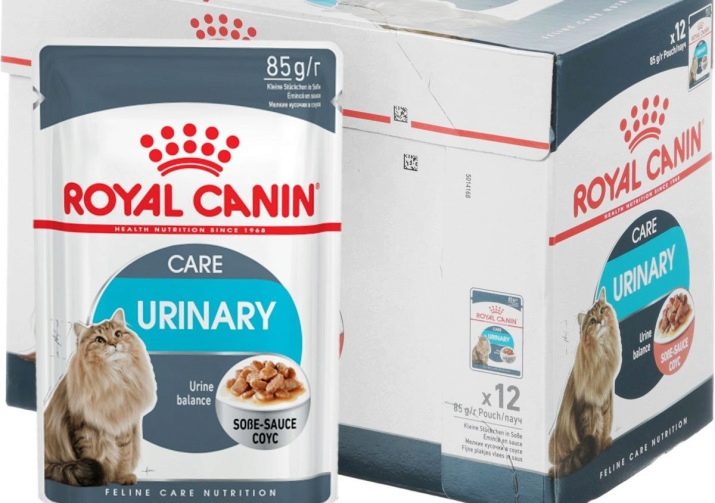
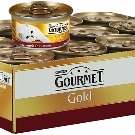
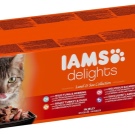
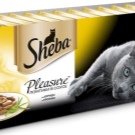
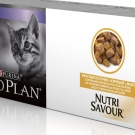
Tonkin cats are prohibited from giving foods such as:
- mushrooms;
- sweet products;
- fatty and fried foods;
- River fish;
- canned food;
- ground liver;
- soybean oil;
- potatoes.
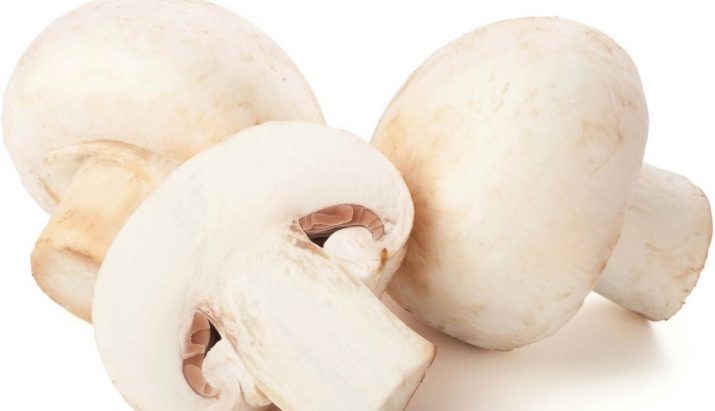
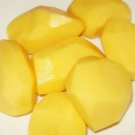


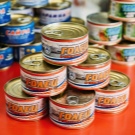
Also, you can not give pasta and flour products, since the digestive tract is disturbed because of them.
For animals, it is important that a bowl of clean water is constantly present. Many owners note that, even having a rather large mass (about 6 kilograms), Tonkin pets do not show much appetite. For this reason, you can safely pour dry food into a bowl, and not worry that the pet will eat the entire portion and ask for supplements.
If the owner wants to give his pet fresh food, he needs to take into account that the adult animal needs to be fed only 2 times a day, and kittens younger than 6 months old should be given 3 times. Be sure to develop a meal regimen so that the animal has time to get hungry.

Breeding
Some are breeding Tonkin cats for sale. For breeding, it is necessary to organize a nursery in advance, where all conditions for the lives of pets will be created. Then you need to buy a cat that has the appropriate standards, and find a partner for it.
There are some criteria for selecting a partner for the female: health, pedigree or confirmation of the purity of the breed, the ability to sign a document with the owner in which all rights to future born kittens will be written. For breeding Tonkin cats, animals in which the eye tone differs from aquamarine are not allowed. These pets must be kept only as pets. You still cannot have a Tonkin cat with a pet that has a different breed.
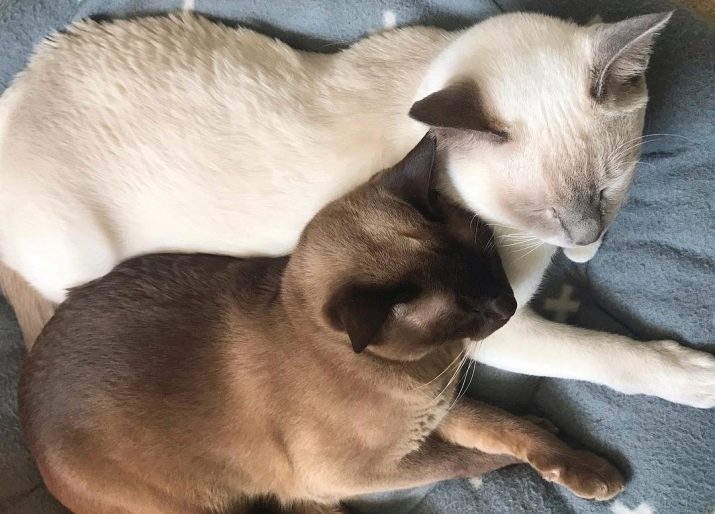
The cat is forbidden to mate in first heat - in order to get healthy offspring, you need to skip 2-3 heat, this period comes when the cat is about 1 year old.
According to many owners, only then will Tonkin cats become caring mothers for their cubs. Cats for mating can be given when they are about 15 months old.
Regular knitting can last up to days. Animals should not be disturbed at this time. It is necessary to deliver food and water to pets in advance. It is the cat that needs to be brought to the cat, because it is a male, and he feels confident only in his territory. If the cat is confident, the mating will be successful. Owners do not need to be surprised if within 20 days there are no signs of a successful Tonkin cat mating. Symptoms can be felt only after 3 weeks.

If the female has a detachment, her appetite has increased, she has vomited, then these are all signs of pregnancy. At this time, the cat should not be sick, because its immunity becomes weakened. Drafts should not be allowed, and walking a cat in the cold season is undesirable.
Vitamins should be added to the Tonkin cat's food, calcium and protein remain important for the female. Prepare a place in advance for delivery. It happens that in about 14 days the Tonkin cat herself begins to look for a place for childbirth. The place should be warm, it should have a soft filler. Owners need to morally support the pet, reassure the cat, talk to her, pet. If the birth is first, then the cat is stressed, you need to be with her all the time.
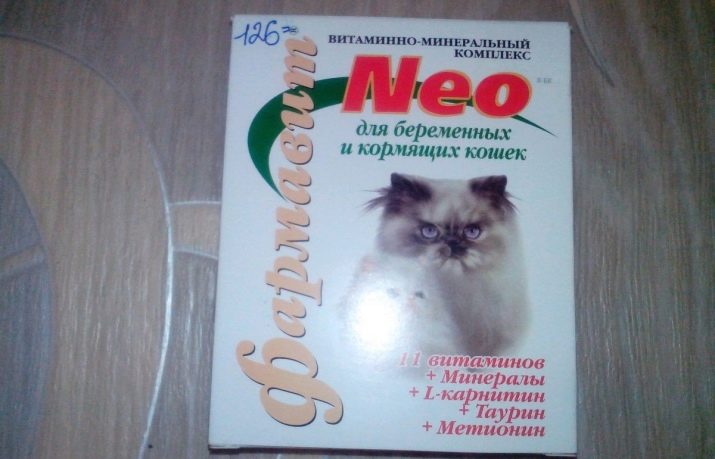
There are characteristic signs that indicate the approach of childbirth: the vulva increases due to edema, mucus is secreted from the vagina. Also, hollows are formed that are located on the sides behind the ribs, the abdomen falls, the body temperature decreases by 1-1.5 degrees, the mammary glands increase, colostrum secretion can begin.
Before giving birth, the female is worried, cannot find a place for herself, walks around the corners, makes mournful sounds, runs after her master, seeking support. At this time, the owner of the Tonkin cat should be there and control the birth. Typically, childbirth has three phases: preparatory, birth or fetus, and postpartum. The first phase takes from 4.5 to 7.5 hours. The second phase during normal birth lasts 1.5-6.5 hours. If on the first day the cat was unable to lamb, it must be taken to the veterinarian. The last phase is not too traumatic.
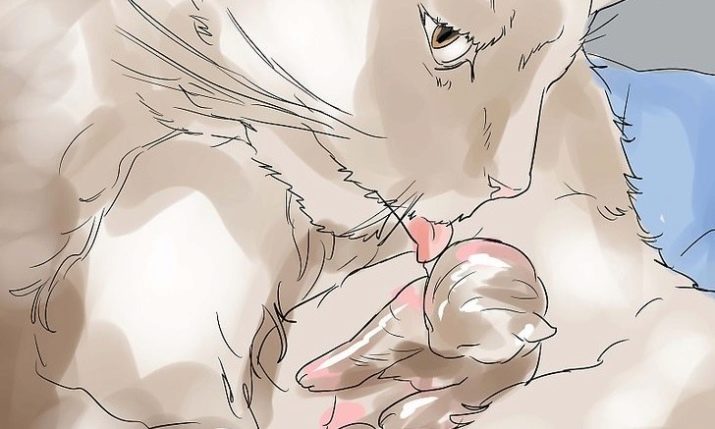
If the pet is in a calm environment, then the birth will go well, and the owner does not need to actively intervene in this process. It is forbidden for the owner to remove the kitten in advance and forcibly. You need to follow some recommendations:
- wait for fights;
- when the baby appears, carefully grab it with your fingers through a napkin;
- shake the kitten lightly so that it begins to breathe.

If the Tonkin cat gives birth for the first time and she is young, then about 3 kittens will be born, but there may be one. When she will give birth the next time, the number of kittens will increase, and there will be about 3-8 cubs.
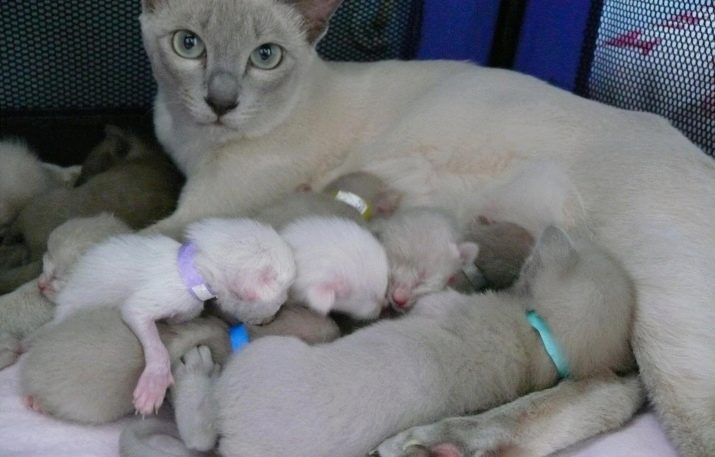
An old cat will not be able to give birth to too many kittens, because she does not have enough strength.
More about Tonkin cats in the video below.
